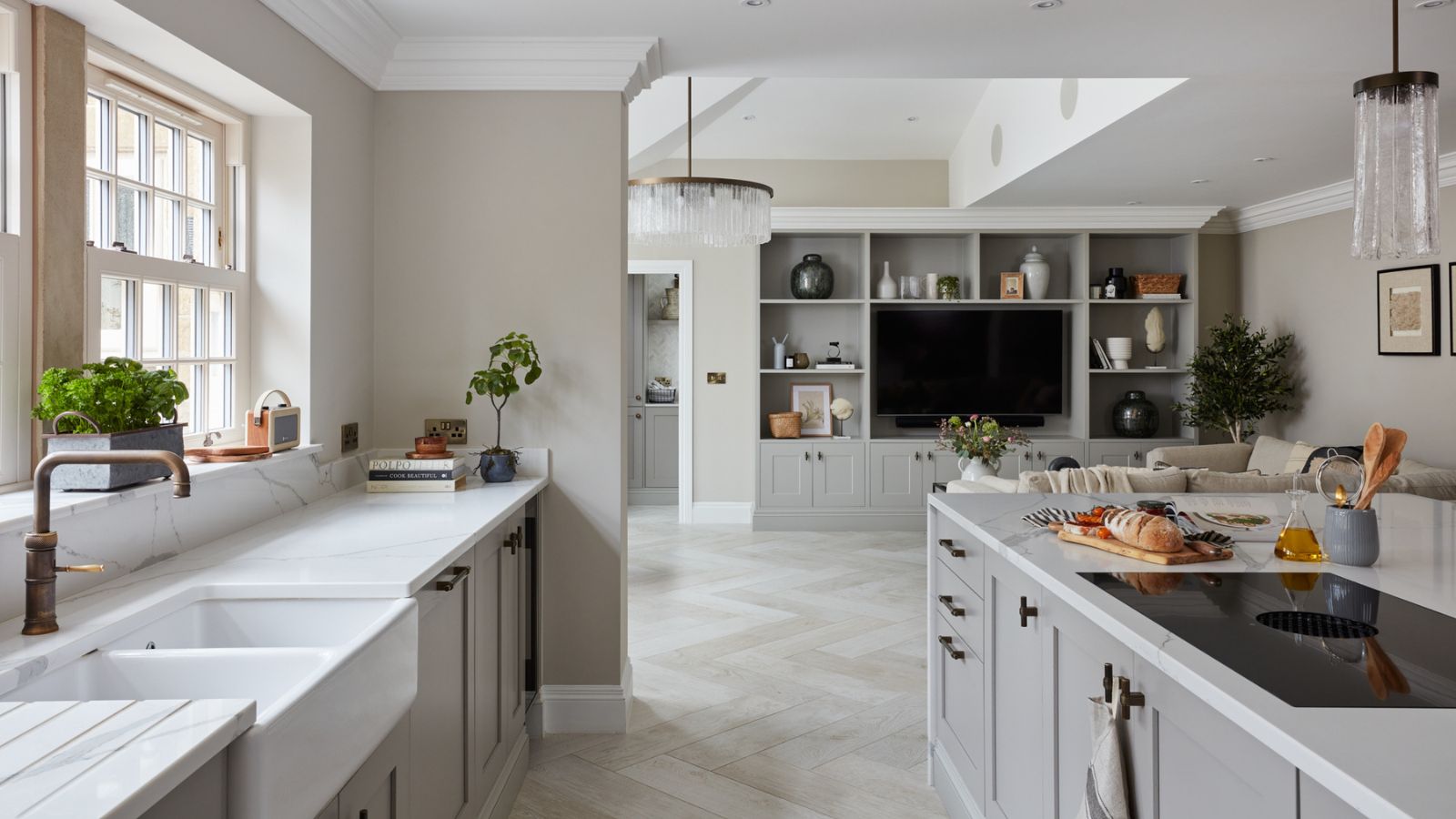
Last winter, I looked around the living room one day and thought, it looks like an explosion in a toy factory in here. That overwhelm crept up on me multiple times in the colder months as my family naturally spent more time indoors.
After one too many days of utter chaos, I made some changes to our daily habits and it thankfully brought the mess under control, and this winter, things are much more organized. It's especially important as I am a busy mom in chronic pain and need my house to work for me, without a pain flare daily.
Here are five of my top tidying tips that keep my home organized all winter long, and how you can use them to great effect in your home, too, whether you have pain or not!
1. Use drop zones
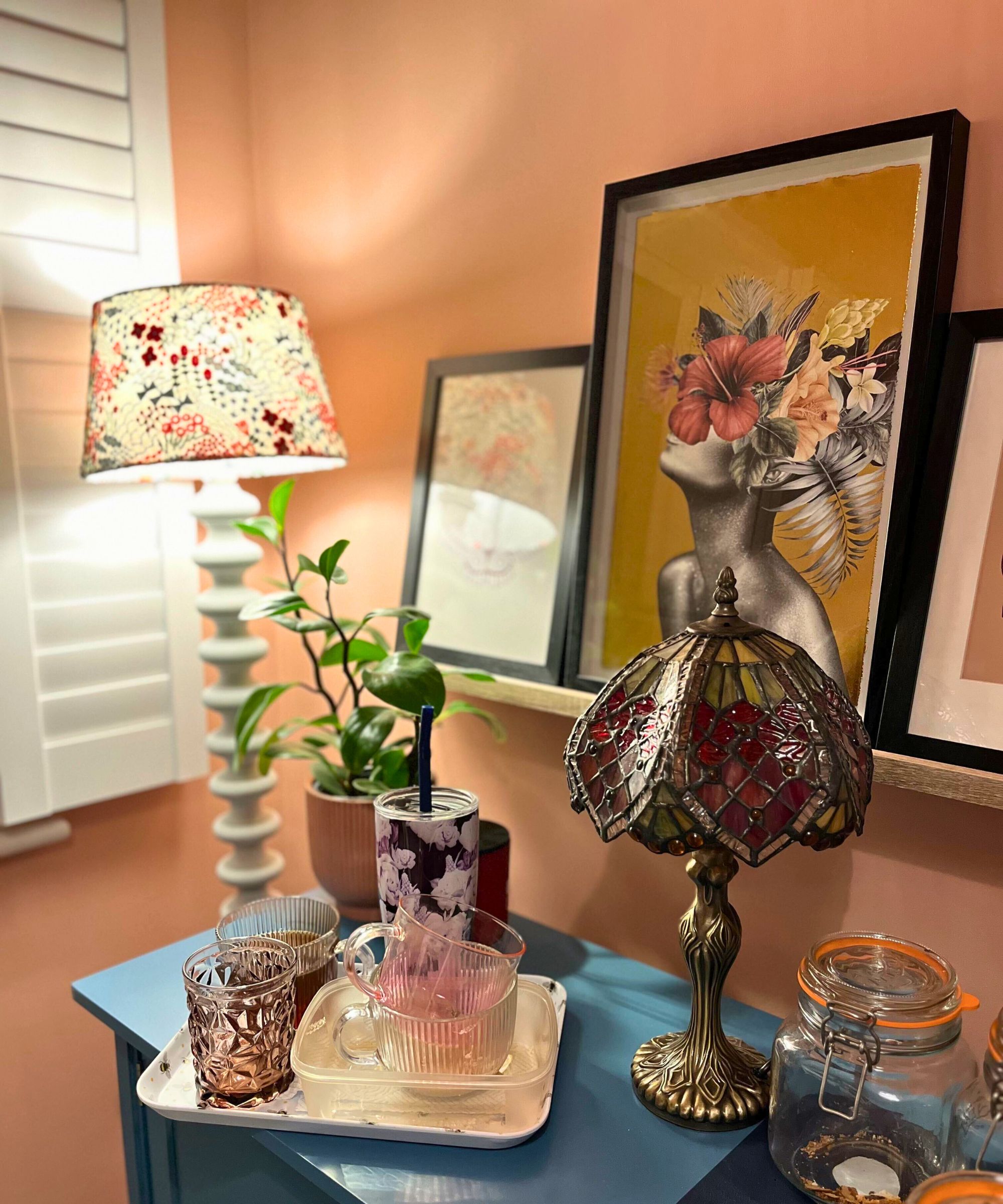
In a dream world with all home organizing golden rules followed 24/7, we'd put everything away immediately. But that's not reality, is it? Certainly not in my busy little house, anyway. And sometimes, I am just in too much physical pain from my health conditions to move an inch.
That's why drop zones are vital in our home. These are strategically placed baskets to hold a bunch of items that need moving from one place to the next, or dedicated organizers to keep a little corner of chaos at bay.
Karina Toner, operations manager and professional cleaner at Spekless says, 'For anyone dealing with chronic pain, the last thing you want is to make multiple trips up and down stairs. Drop zones consolidate items so they stay contained, until you’re ready to put them away.
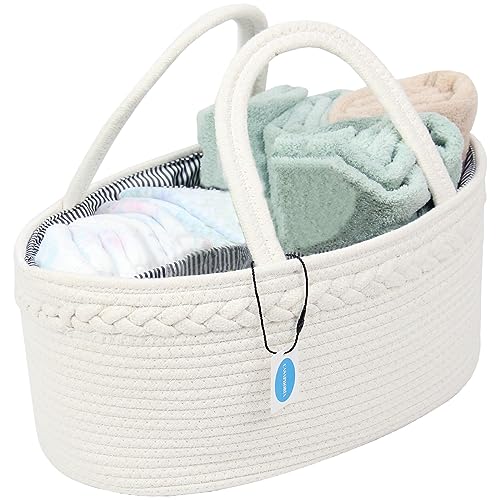
Compact, easy on the eye and to, this is the perfect end-of-bannister drop zone basket.
This works even better if you set a regular schedule for clearing out the drop zone be it daily or weekly, depending on how much clutter typically gets collected, to avoid these areas becoming cluttered 'catch-all' spots in the home.
In my home, one drop zone is on our stairs to keep the items we need to take upstairs looking neat and tidy until one of us goes upstairs and is cleared multiple times a day.
Professional organizer Ashley Hines of Thee Tailored Life calls this an 'elevator basket. She explains, 'It’s our catch-all for items that need to go up or down from the main floor, making organization a breeze! It’s typically filled with kids’ clothing shed throughout the day or paperwork headed to the upstairs office. This simple system has made a big difference!
The other is a tray, such as a small acacia tray on Amazon, in my office to gather up my many coffee cups and plates in one spot till I'm ready to take them downstairs to the kitchen at the end of my work day.
I also have a mail organizer, such as a wall-mounted wall organizer on Wayfair, for incoming mail that has been read, but not yet been sorted away or anonymized and recycled. We do this once a month, when it gets full.
I use a bestselling stamp anonymizer from Amazon to avoid identify thieves using my discarded paperwork causing havoc and fraud on my credit file.
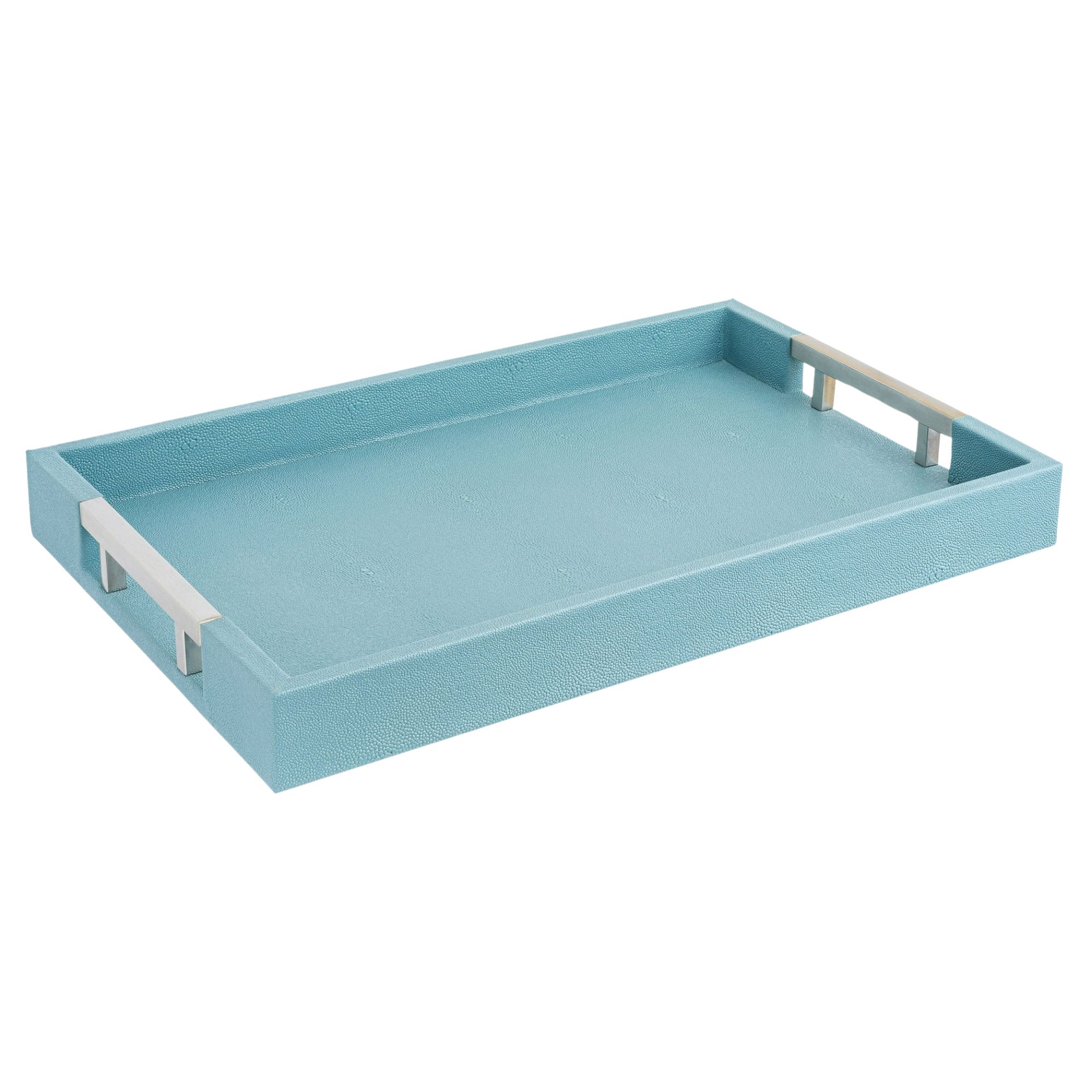
A small tray make a handy, self-contained drop zone and makes it easy to take multiple things where they need to go around your home at once.
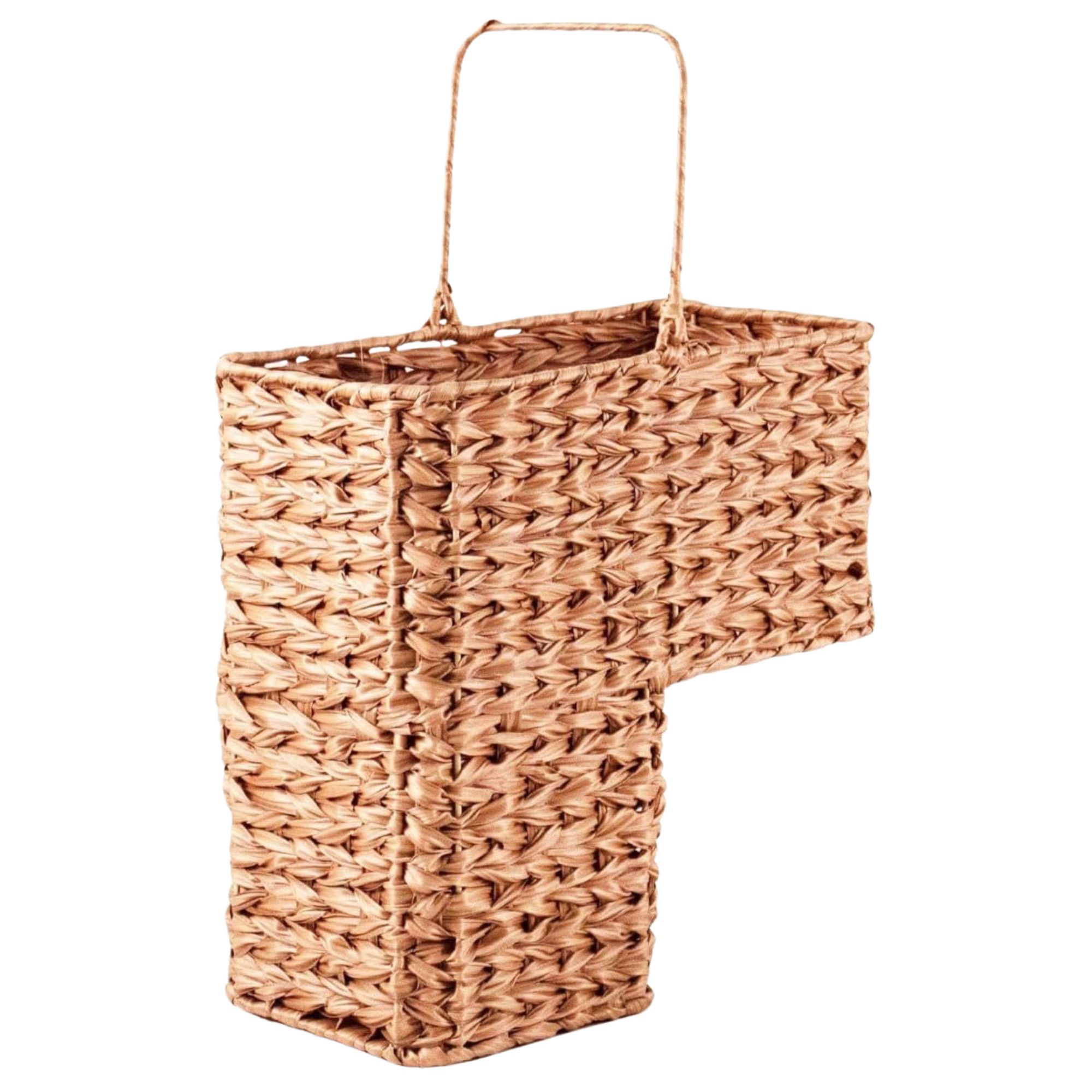
A stair basket with a handle is particularly useful for a drop zone. Just drop items in as you need, then pick up and go when you're ready to organize.
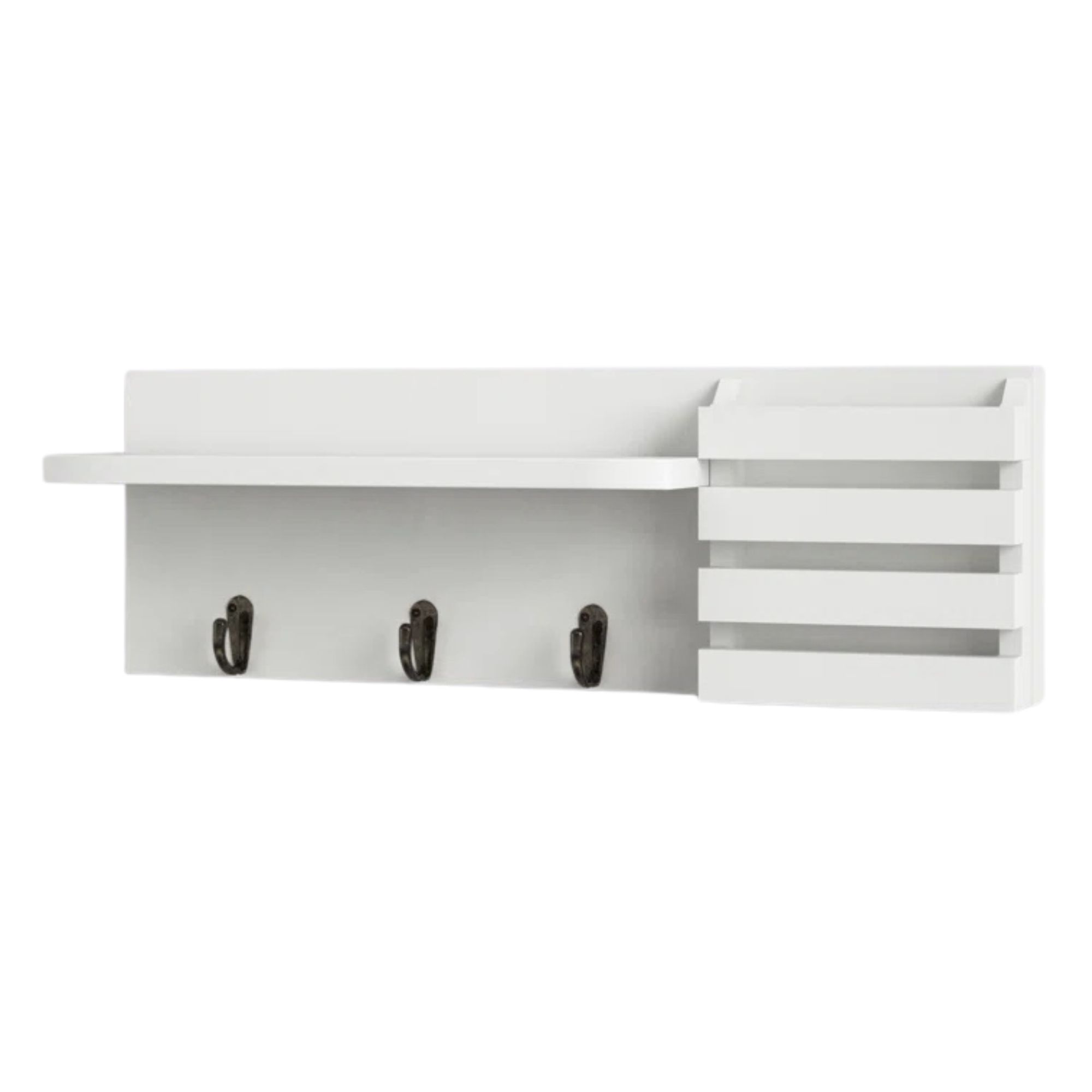
Creating a drop zone in your entryway will stop vital items such as keys getting misplaced and house your mail till you're ready to sort it out.
2. Everybody does their bit
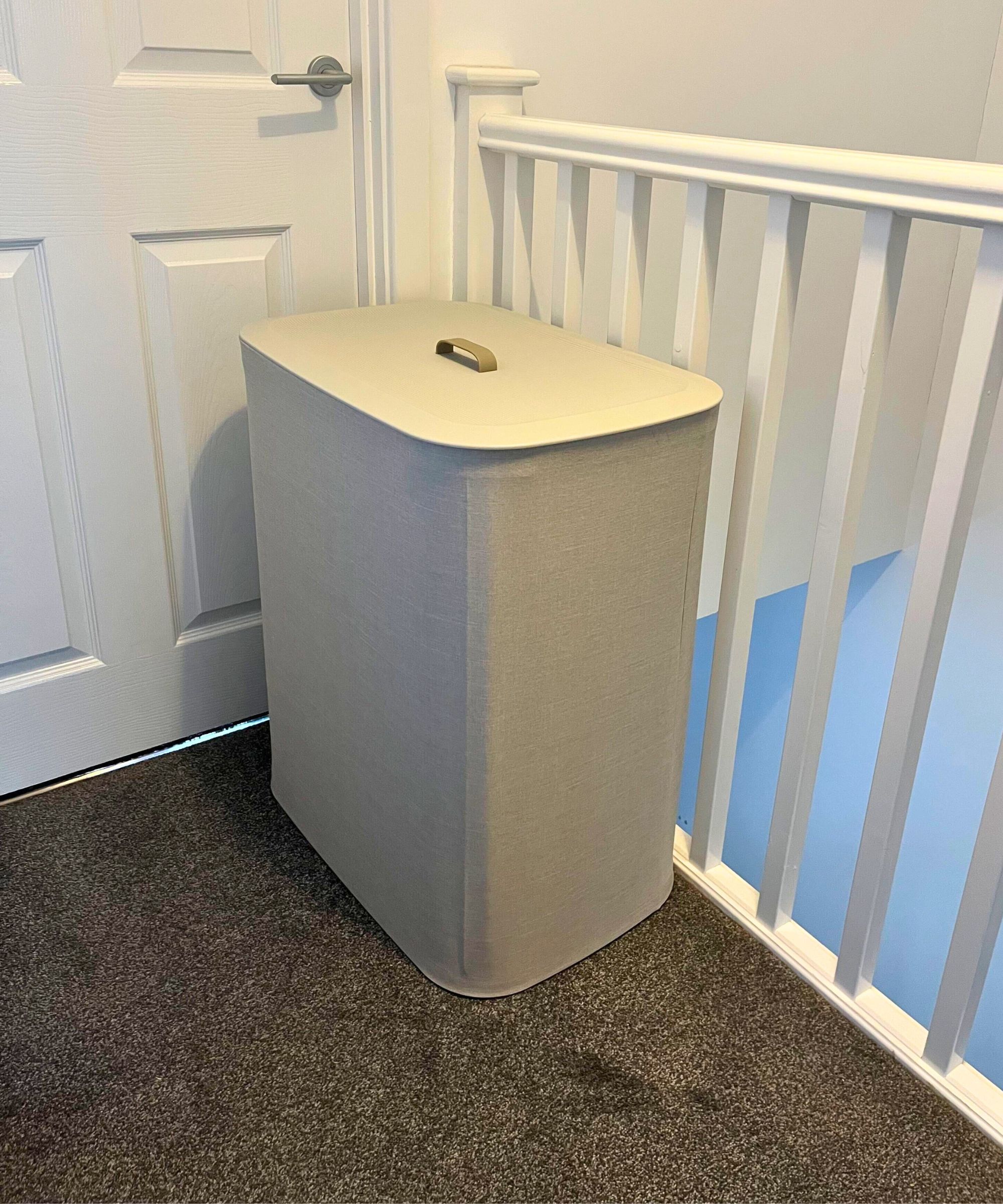
Once upon a time, I carried the mental load of our entire household. That meant thinking, worrying and sorting out the majority of our decluttering, cleaning, organizing and anything to do with our daughter's clothes, bedroom and toys. In our house, that meant organizing high-traffic areas, tidying up daily, and deciding when it was time to declutter, sell or donate things I decluttered from the kitchen and bathroom.
But last year, at the start of my daughter's school year, I had a long chat with my husband and we agreed to split that mental load.
Karina says, 'I love this idea and always personally recommend it to others as well. This truly relieves the mental load and makes it easier to keep up with daily tidying, so the house stays more organized without all the responsibility falling on just one person.'
When it came to our daughter, she is only eight, but has some age appropriate responsibilities, as excluding her is something people with tidy homes never do.
We now use a chore chart with five things she does or organizes when she comes home from school, which is stuck on our fridge, including reading, math games, putting her uniform in our laundry organizer (a great way to keep laundry organized), and putting her coat, shoes and school bag away. If she ever feels overwhelms, she knows to ask for help and we give it.
Karina adds, 'This simplifies the 'coming home' routine by giving kids one clear spot to stow their essentials. Setting them up for success with this simple organization system helps them take on these tasks confidently and builds a solid foundation for more responsibilities down the road. I recommend this freestanding shoe and coat rack from Amazon.'
I also have a magnetic shopping list and white board on our fridge to keep track of items for our weekly grocery shop, to help us avoid food waste. It's something every fridge needs to stay organized if you ask me.
Everyone has their part to play and it's helped immensely. It's especially important in our house as I have a number of chronic health issues that leave me seriously injured with dislocation, suffering burning nerve pain and extreme fatigue.
Ashley adds it's important for everyone in the household to have appropriate responsibilities. She says, 'This builds a healthy sense of contribution, not only to your family but eventually to a broader community. I often remind my kids that while I’m here to support our home and manage what they can’t, I’m not here to clean up after them. For couples, tools like the Fair Play Game, available on Amazon, are invaluable for initiating conversations about sharing the mental load of household tasks.'
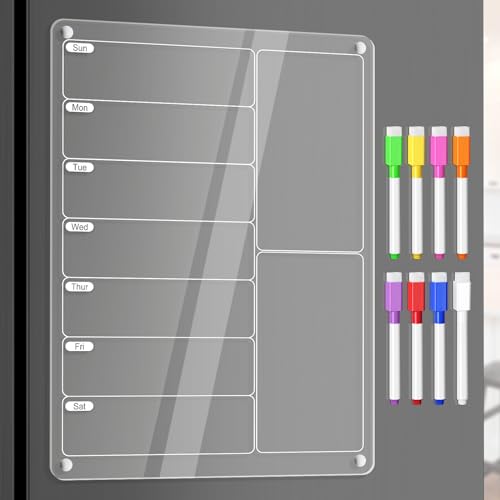
I have this magnetic organizer on my fridge. Karina adds, 'This helps keep responsibilities clear and accessible to everyone. With multi-colored markers, each family member can have a designated color, making it easy to see who’s responsible for which tasks. You can also opt for chore charts with pre-made templates for weekly and monthly set ups!'.
3. Tidy away before next activity
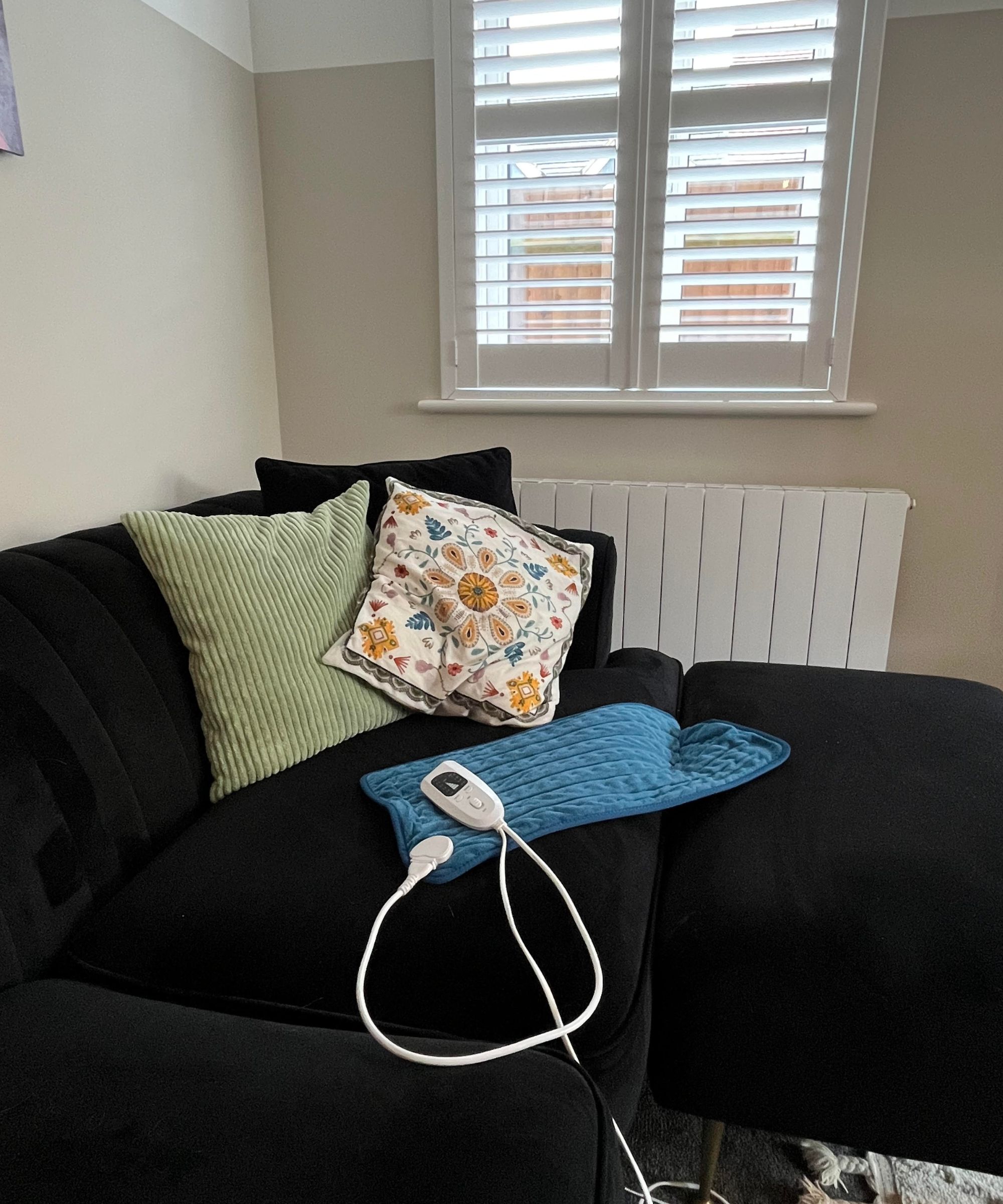
As part of my daughter's good habit building, we implemented a tidying rule for her that is non-negotiable. She has to clear away her activity before starting a new one.
Ashley says consistency is critical for chilren's activities, adding, 'Everything has a designated spot, so kids know where to return items after use. We emphasize cleaning up before transitioning to another activity to prevent being overwhelmed and frustrated. This system helps them manage their space and keeps games and puzzles intact for continued enjoyment.'
We have boxes of Lego, crafts, and puzzles, under our sofas in the living room in clear storage bins she can easily pull in and out and that's part of our household's daily routine – a good way to organize board games.
Karina adds, 'This habit is great to build. It helps keeps clutter under control by making tidying simply part of the routine. For families, it’s especially effective because toys, crafts, and work items can add up fast and easily become overwhelming.'
Karina also recommends budget-friendly under-bed storage bags from Amazon, which you can also use under sofas like I do. She says, 'These storage bags are typically slim and designed to slide easily under most beds, making them easily accessible but also tucked away and out of sight.'
I couldn't agree more! Doing this helps us avoid clutter overwhelm and clutter blindness.
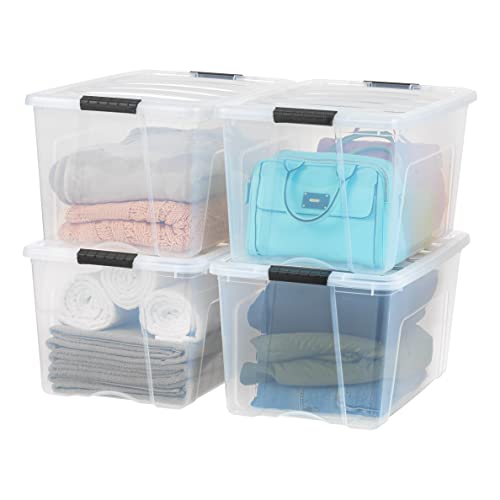
Karina says, 'Because they’re clear, it’s easy to see what’s inside each bin at a glance, which saves time and makes it simple for anyone to quickly locate what they need. The fact that it’s stackable is especially helpful in smaller homes where floor space may be limited.'
4. Pick up and place rule
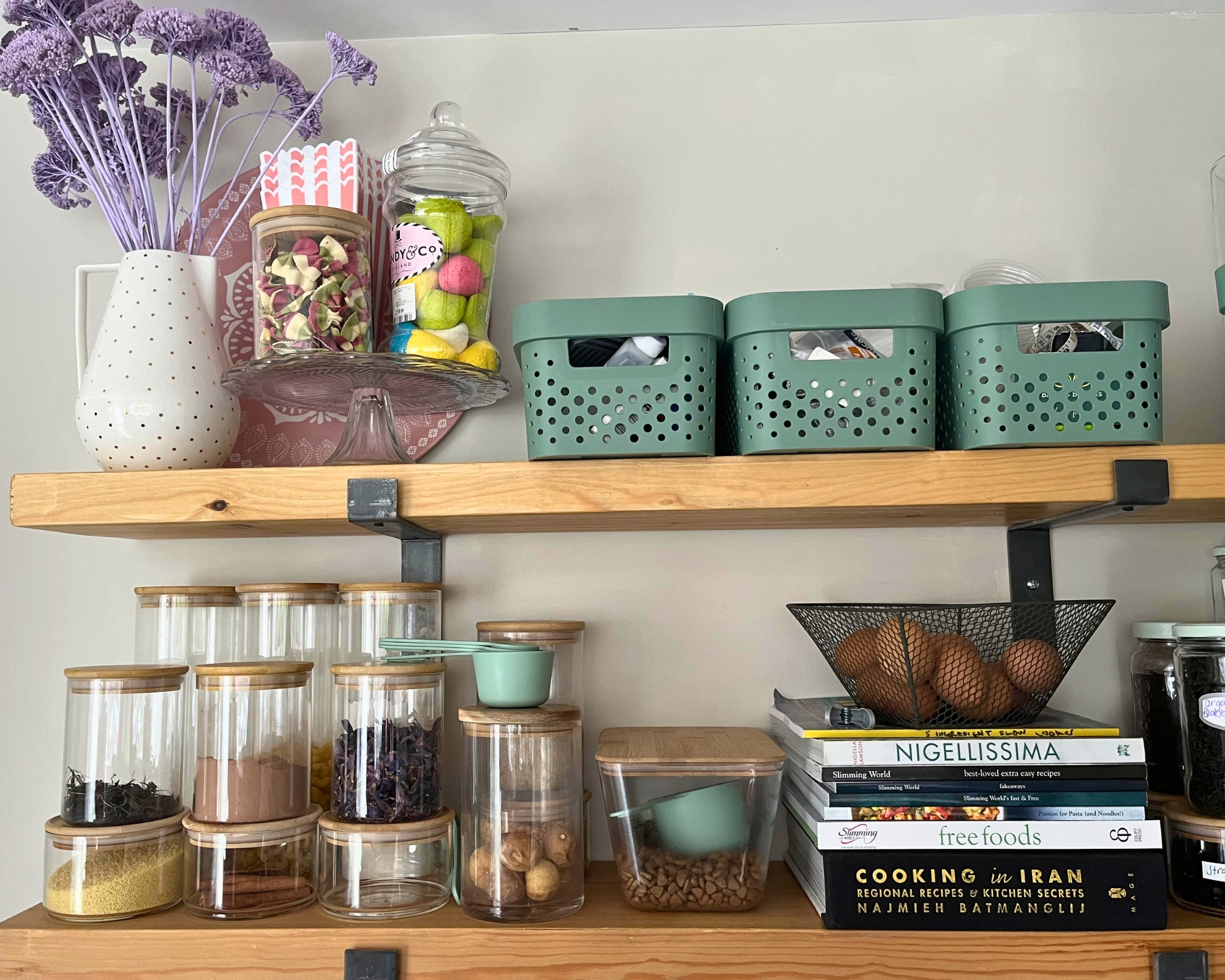
This one is easy peasy. If you can pick up and place an object back in it's home now, don't delay. Just do it. Grab that cup from the table and put it in the dishwasher, take that laundry upstairs, or pop that jar back in the pantry. If you can't quite manage to get it to its proper home, getting it in front of the right cabinet, or room is good enough.
The idea is even getting an object picked up and placed near its home is better than leaving it where it is right now, and further from where it eventually needs to go.
Karina adds, 'This rule is deceptively simple but very effective, especially if chronic pain makes larger cleaning sessions tough. Even small actions like moving an item closer to its destination as you pass by can really make a big difference.
'I personally keep a rolling cart from Amazon by our hallway closet, whenever I see something that’s out of place, I can just toss it in the cart instead of making a separate trip right away. It’s like a mobile 'drop zone'. I just roll the cart room to room, putting items back in their places in one efficient trip.
'You can also use this for tip #1 about using drop zones: simply gather up items throughout the day, whether it’s books, toys, or mail that needs sorting and you can easily move it from one room to another by the end of the day or week.'
I'm definitely stealing the rolling cart idea.
The shift in mindset from perfection to good enough can also be a game-changer for busy households. Ashley explains, 'Embracing things being “good enough” is essential. The goal of living organized is not perfection but the ability to locate what you need when you need it. I stand by the saying: Don’t let perfect be the enemy of good. Striving for functional and practical systems is far more achievable and stress-free than pursuing flawlessness.
5. The 30-second rule
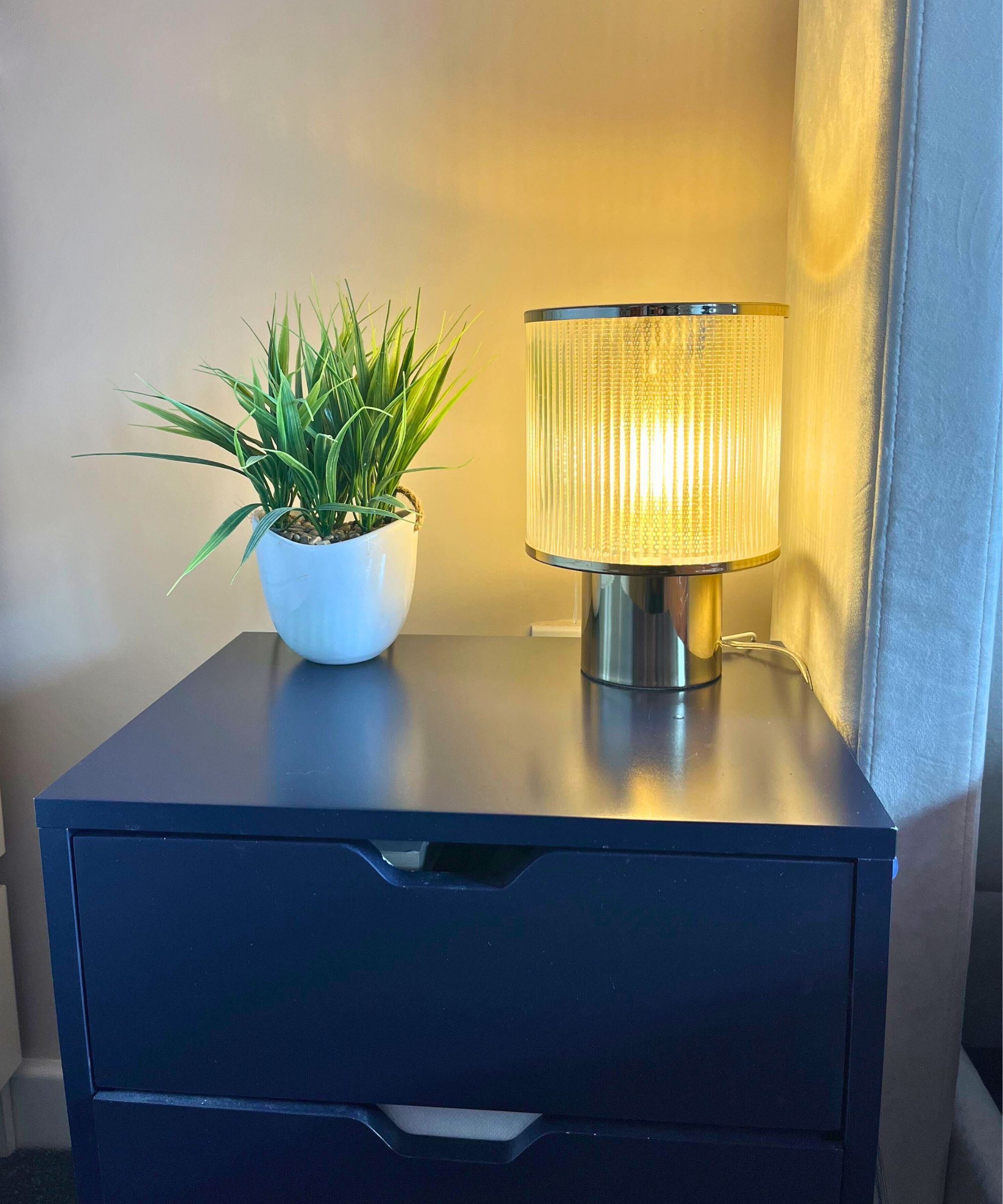
I think this is my favorite one and really transformed how I deal with organizing things in my home. If you can complete a household chore or task in less than 30 seconds, don't delay, just do it.
I tried the 30-second rule for chores and it was like magic.
Karina explains, 'Setting a mental time limit is one of the best ways to get started on organizing because it makes the task feel more manageable. Instead of feeling overwhelmed by a seemingly endless to-do list, you’re committing to just a small chunk of time – 30 seconds – which is easy to tackle.
'By doing quick, regular sessions, you’re gradually chipping away at clutter, and each session can often times yield visible results, which is incredibly motivating.'
There you have it! None of my tips are time-consuming and they're low energy, low effort and totally impactful during the winter months when we're all stuck inside. Best of all, none of them trigger a pain flare that'll knock me for six. Hurrah!
Ashley Hines, pro organizer agrees, adding, 'Living organized doesn’t have to be stressful. It should naturally integrate into your routine. When you create systems that align with your family’s natural flow, organization becomes part of your lifestyle, not an additional task. It simplifies life and complements the habits you already have.'
Next, delve into our in-depth guides on home organizing ideas and the tidying rules professional organizers want us to ignore.







